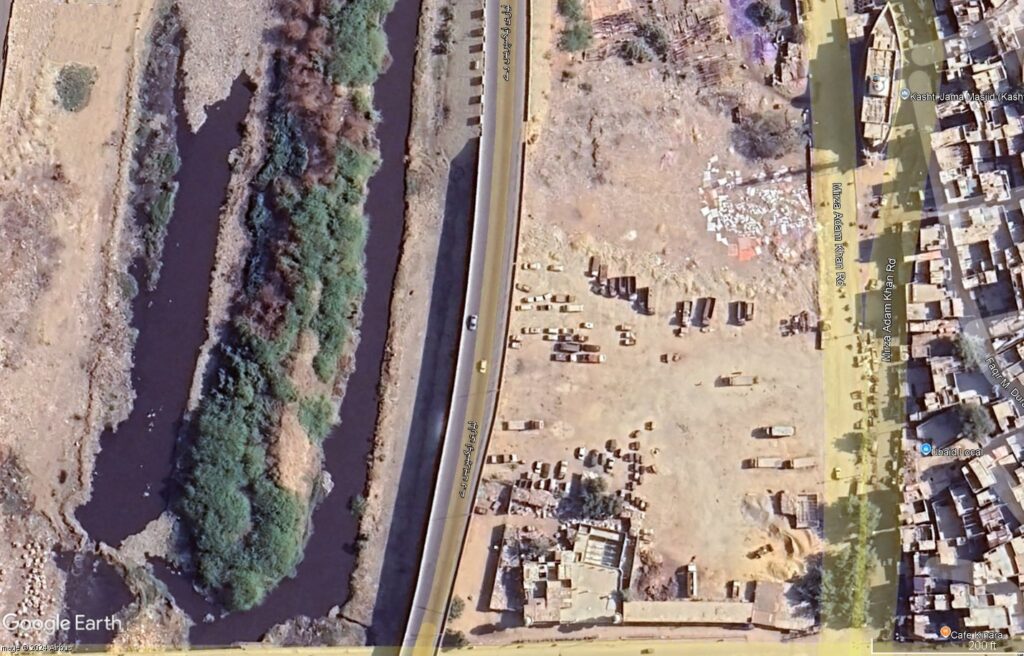Thinking About Thinking About Data
Methodology
For someone with a Futures project that (at the moment) leans towards a sort of urban sociology (perhaps with a touch of phenomenology, but that’s being ambitious even for me), understanding the user experience of a set of particular spaces from a set of particular users, and sifting through the sort of underpinnings of why and how those experiences come to be… I’m hoping for some level of quantitative method as well as ethnography/qualitative work. Balancing between the two to achieve a mixed methodology, working through codes, attempting interdisciplinarity between (primarily child) psychology and/or sociology and the built environment… it has a sort of ‘grounded theory’ ring to it, right?
While conditional matrices are definitely fascinating to look at and try to parse, I’m not very confident about coming up with one myself. I think partly that’s just because I have no data yet, considering I haven’t started actual research – just been looking up some literature and lectures when I can. But since I think I’ll be trying to look for a genuine understanding of patterns and behaviors, of actors and systems, of dynamics/mechanics, since I’m looking forward to questioning of understanding and theory and not just induction, I do think my best shot is at driving towards critical realist grounded theory. I want that rich data! I’m so interested in the possibility of real emergence, and especially excited by the prospect of arriving at its discovery with my own work! How does class and division and power work into the sort of lived experience I want to dissect? How can understanding those factors – and others – work towards a better typology? How could that typology affect social sustainability – and all other pillars of sustainability (including the fifth, cultural pillar)?
What is ‘actual’, what is ‘real’, what is ‘empirical’… aren’t these the sorts of questions one must ask and try to really get knee-deep in when understanding the user experience of built settings, and the social impacts of urban policy? Won’t navigating through these questions bring us closer to a sort of abduction that may just arrive at a solution for the children of displaced, marginalized communities?
If I’m being realistic, any data I may ‘create’ would be qualitative. I’m not sure I would be able to generate purely quantitative data in the time given for the thesis – and I don’t have a supervisor yet, to discuss the possibility of this with. Relying on previously mined data would probably be the only way I’d be able to use quantitative data, but I’m not complaining about that. What does daunt me, though, is the sort of models people are able to come up with, when talking about quantitative data. For example, in one of the first studies I came across last year, Bowling Alone: America’s Declining Social Capital. Journal of Democracy, that had SEM (Structural Equation Modeling). Before this paper, I had no idea I could create a model of social capital, through equations, and that the model could manage to look like this.

A lot to think about. I’ve come across some more interesting model types, but I need to look further into data visualization to see what sort of relationships are possible and how I could represent my ideas and possible data through them.
Very nervous and excited for what’s to come. I hope I can make it.


